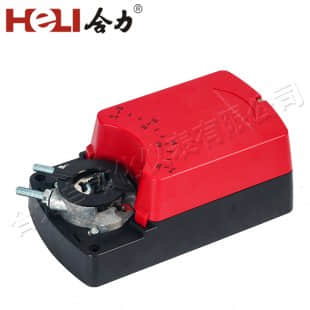In the realm of modern engineering, damper actuators play a crucial role in enhancing the efficiency and effectiveness of various systems. These devices are integral components in HVAC systems, automotive applications, and industrial processes, ensuring optimal control of airflow and fluid dynamics. This article delves into the functionality, types, and applications of damper actuators, highlighting their significance in today’s technology-driven world.

What is a Damper Actuator?

A damper actuator is a device that automatically opens or closes dampers in response to control signals. Dampers are mechanical devices that regulate airflow in heating, ventilation, and air conditioning (HVAC) systems by controlling the volume of air that passes through ducts. The actuator, typically motorized or pneumatic, is responsible for manipulating the position of the damper blades, thereby influencing airflow rates and pressures within the system. Types of Damper Actuators Damper actuators can be classified into several categories based on their mechanism of operation: Electric Actuators: These are the most common types used in HVAC applications. They are powered by electricity and can be controlled via various signal types, including 0-10V, PWM, or Modbus. Electric actuators are known for their precision, reliability, and ease of integration into automated systems.
